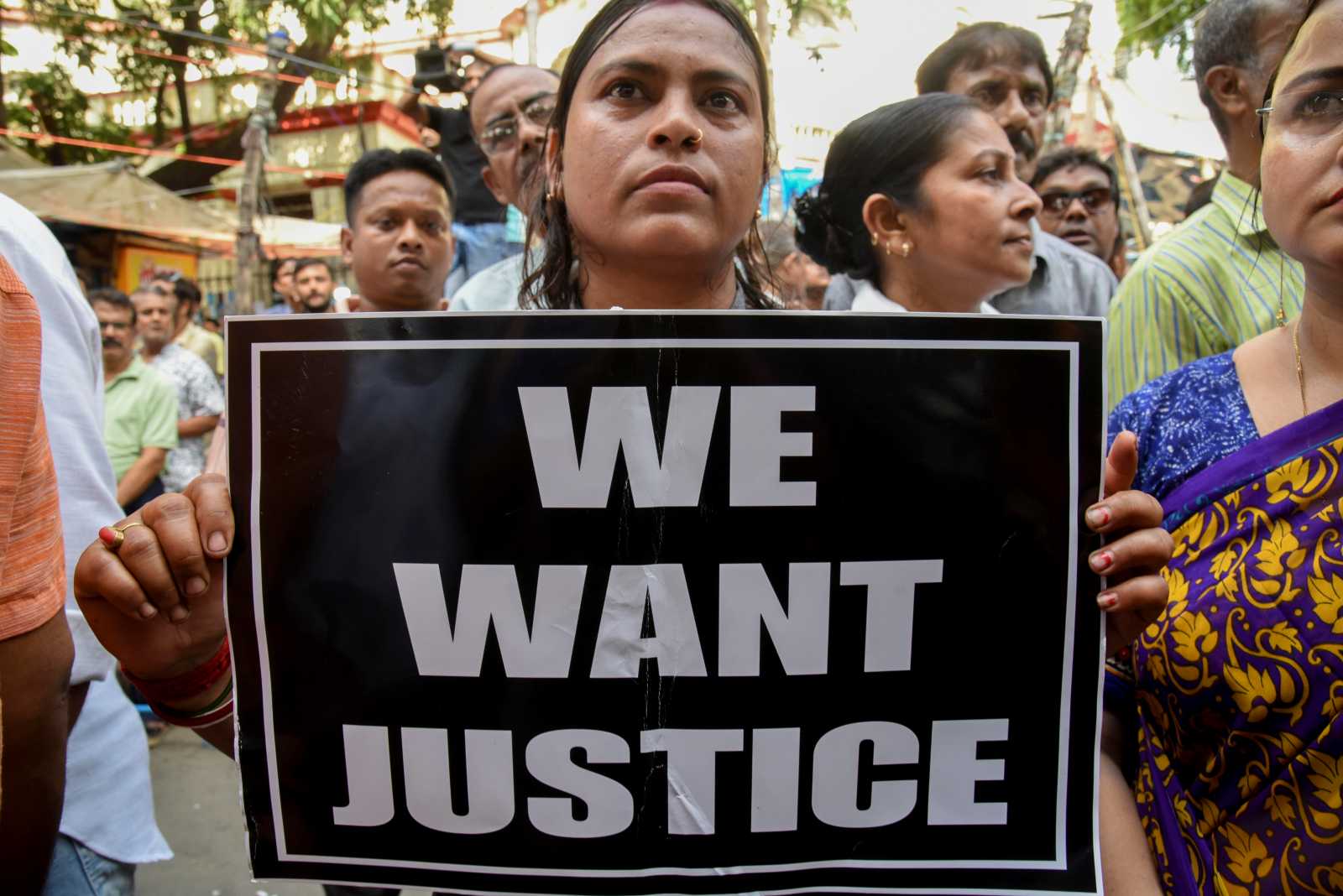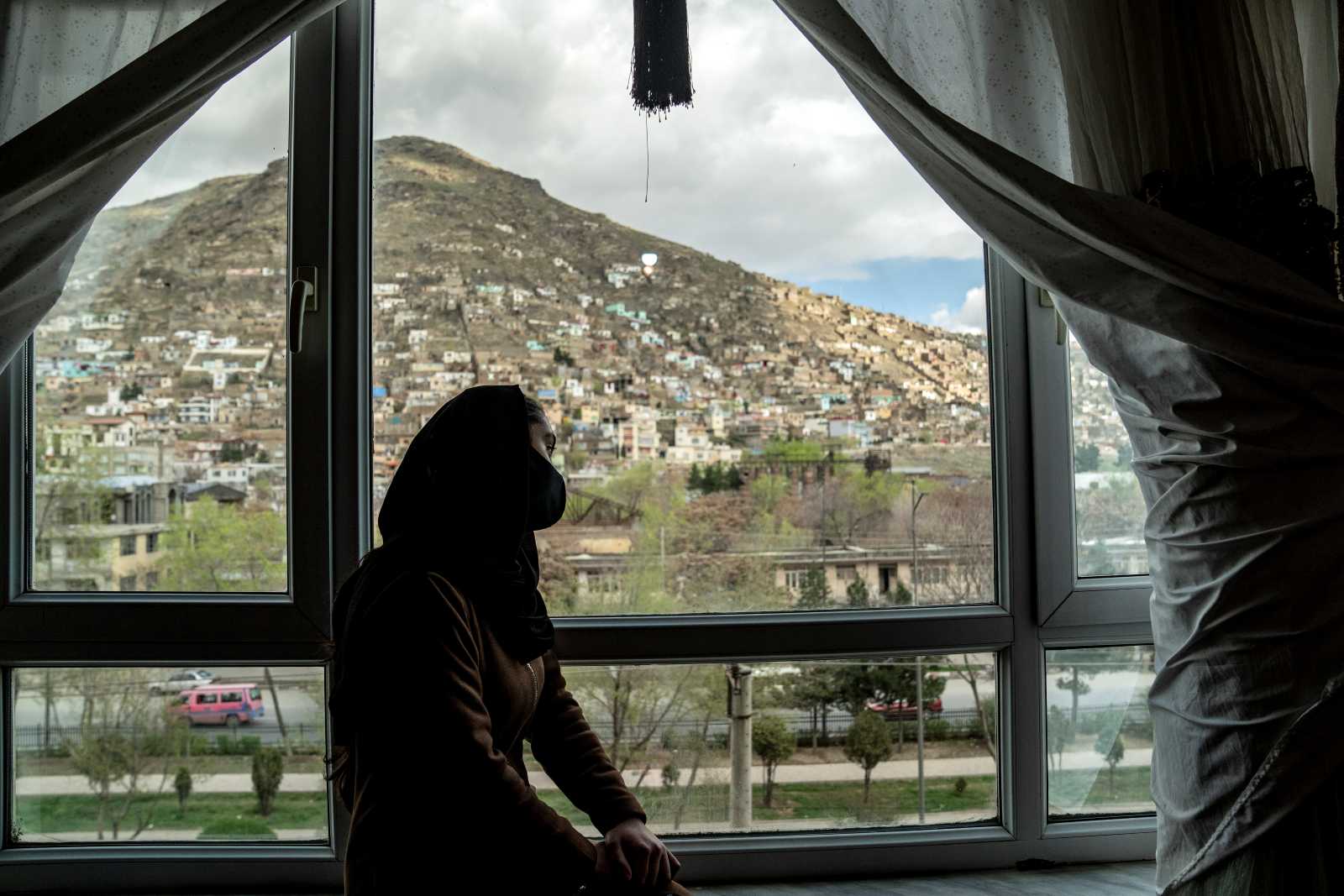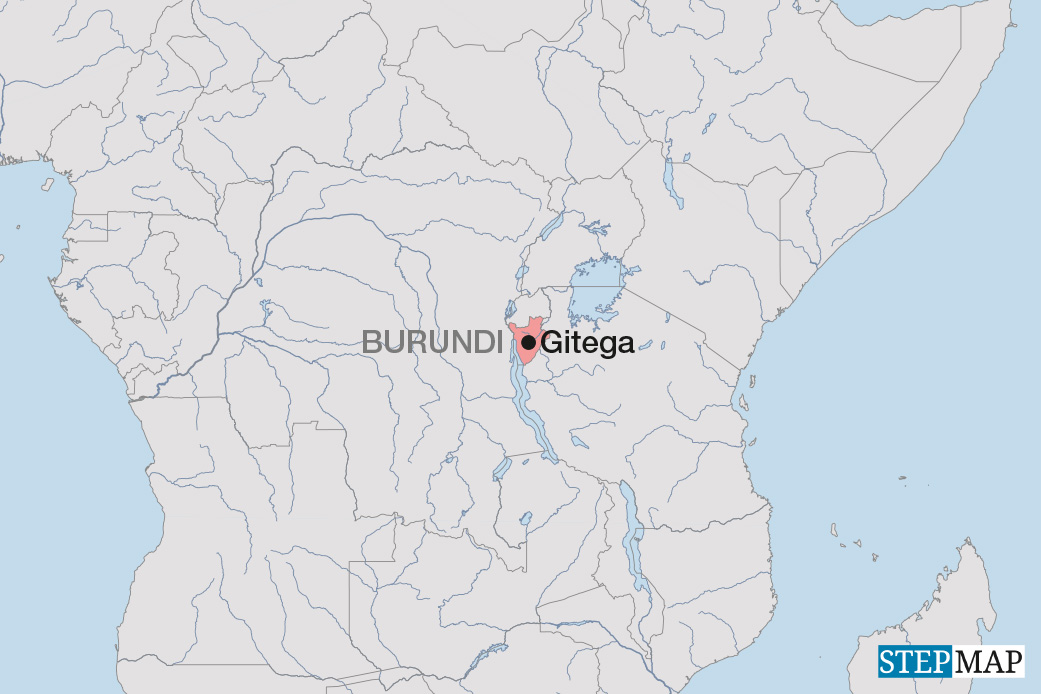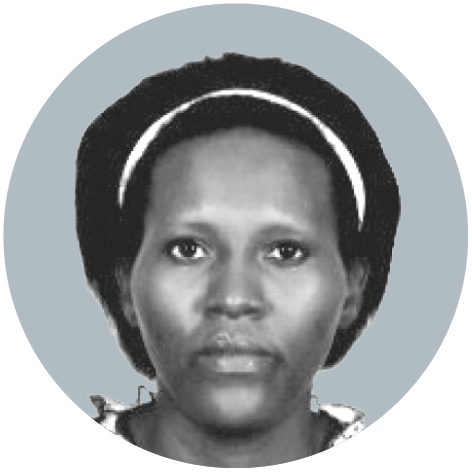Nepal
Nepalese education in numbers
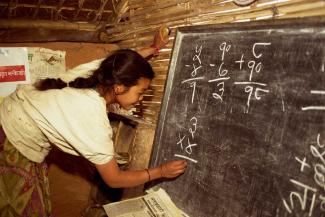
70 years ago, formal education in schools and universities became available to the general Nepali public. Until 1951, education was limited to the ruling class and higher castes such as Brahmins or Chhetri. Initially, the education system gave preference to boys over girls due to traditional gender roles (see main text). There were also separate schools for boys and girls. After 1990, society opened up to co-education and girls’ education also became a priority from an international development perspective.
UNESCO’s statistics show that over the last three decades, Nepal has made a significant improvement in its literacy rate. In 2018, 79 % of the male and 60 % of the female population was literate with an overall literacy rate of 68 %.
Big differences in school attendance
As shown by the Multiple Indicators Cluster Survey 2019, conducted by the Central Bureau of Statistics (CBS) together with UNICEF (United Nations Children’s Fund), there is also a gender discrepancy in school attendance. It starts from a young age: the average net attendance rate for early childhood education for children from 36 to 59 months is 62 %. The report recorded clear disparities in this figure between 64 % attending boys and 60 % attending girls, 55 % attending out of the rural and 66 % out of the urban population, as well as between 52 % attendees out of the poorest and 87 % attendees out of the richest wealth quintiles.
The report also shows that as education levels climb, girls’ enrolment in school declines. In the school year 2018/2019, the net attendance rate for girls in lower basic education was 76 %, compared to 55 % in upper basic and 49 % in secondary education. In rural areas and in the poorest communities, children in general and girls in particular are less likely to attend upper basic or secondary school.
A positive change can be seen in school completion rates: girls are more likely than boys to finish school at all educational levels; for example 43 % of boys are at risk of dropping out of lower basic school and 47 % might drop out of upper basic school, while the rate for girls for both educational levels is at 39 %.
Rukamanee Maharjan is an assistant professor of law at Tribhuvan University, Kathmandu.
rukumaharjan@gmail.com

